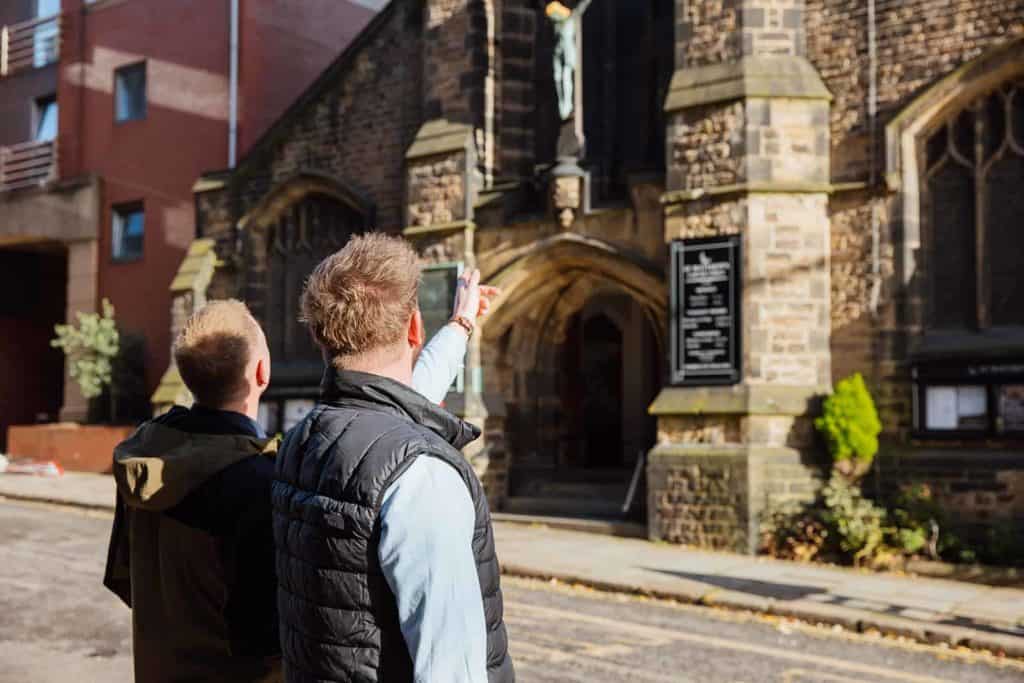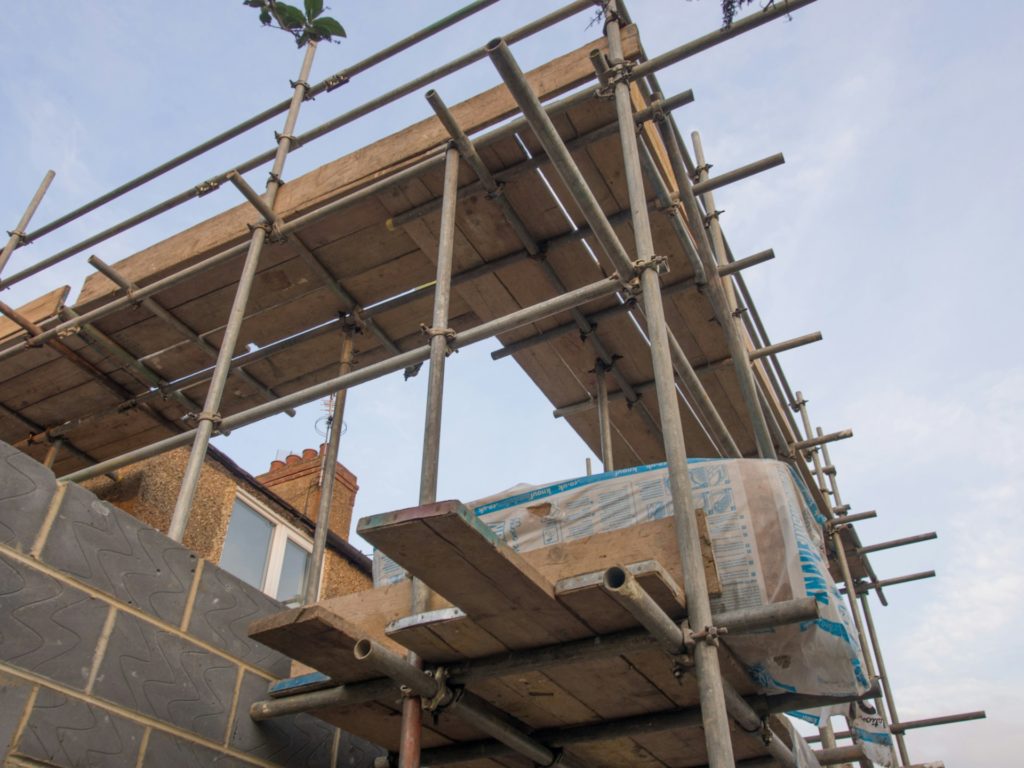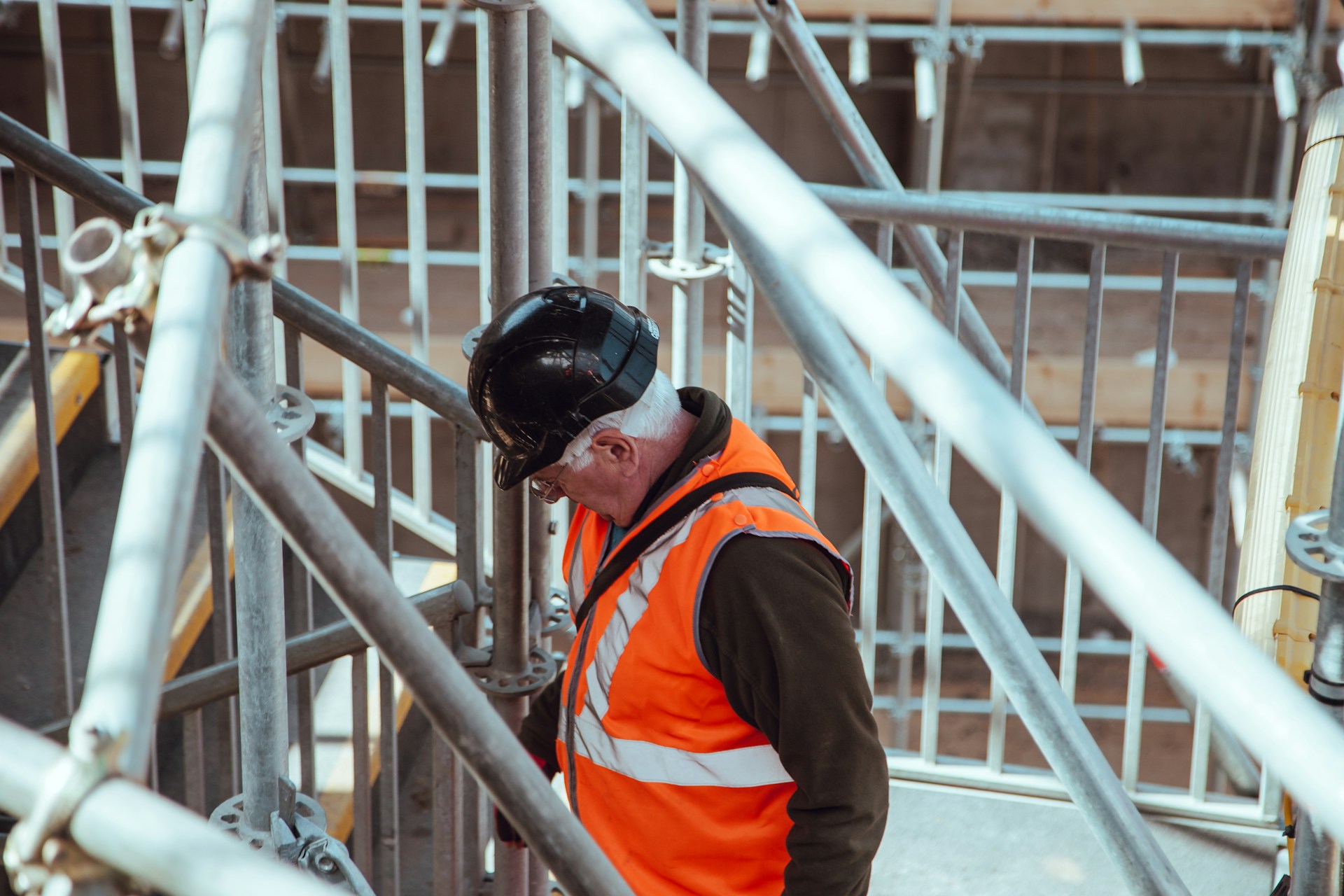Ever feel like you need a dictionary to keep up with all the job titles in the construction world? We totally get it! When it comes to building projects, some roles sound super similar but play completely different parts in making sure everything goes smoothly (and safely!). Two of the most common yet confusing titles? Principal Designer and CDM Advisor – but what is the difference between them?
A principal designer is a role defined by law, required to oversee health and safety during the design phase on projects with multiple contractors. In contrast, a CDM advisor offers flexible, project-specific guidance on health and safety compliance across all stages of construction.
Read on to learn more about when you’d enlist the help of a principal designer and CDM advisor, and the difference between them.
What Is A Principal Designer?
A Principal Designer’s role is to plan, monitor, co-ordinate, and manage health and safety in the pre-construction (design and planning stage) phase of a building project and to liaise with the Principal Contractor during the construction phase in projects where there are more than one contractors involved. An important part of their role is also the issuing of a Health and Safety File following completion of the works.
Compared to a CDM advisor, a Principal Designer has quite a rigid, strict role. According to the Construction (Design and Management) Regulations 2015, a Principal Designer, by law, must:
- Plan, monitor, co-ordinate, and manage health and safety in the pre-construction (design and planning stage) phase
- Collaborate with the Employer and produce Pre-Construction Information to summarise key Health and Safety considerations in relation to the project and proposed works. This is to then be shared with the Principal Contractor
- Review Designer’s Risk Assessments and consolidate these into a Design Risk Register to be included within the Pre-Construction Information
- Assist the client in sharing information as needed
- Collaborate and liaise with the Principal Contractor on planning, managing, and coordinating design and construction, as well as informing them about risks that need to be managed
- Produce and submit a Health & Safety File on completion of the works
Although their title may suggest otherwise, a Principal Designer does not have to carry out actual design work on the project.
When appointing a Principal Designer, you must look for someone with relevant qualifications, experienced in delivery of construction projects, and health & safety on construction sites. In fact, Chartered Building Surveyors are ideal for this.
How Much Does A Principal Designer Cost?
The cost of a principal designer is usually worked out as a percentage of the overall project cost – i.e. the higher budget of the construction project, the more a principal designer will be paid. However, at a minimum, you should expect to pay around the £1,100 mark (excluding VAT) for a small scale project.

What Is A CDM Advisor?
A CDM advisor (sometimes called a CDM consultant) stands for a Construction, Design and Management advisor. They are professionals who offer unbiased guidance and assistance to help you comply with the health and safety regulations.
Their role can vary based on the needs of the project, and its scope. But, ultimately they advise on CDM regulations, and may also take on additional roles and duties depending on what’s required. For example, tasks that a CDM advisor may undertake include, but is not limited to:
- Client support to advise them of their legal duties under CDM Regulations 2015
- Competency check of contractors
- Audits of the Principal Designer’s work
- Audits of the Designer’s Design Risk Assessments
- Compiling and reviewing pre-construction information
- Conducting risk assessments
- Notifying the HSE (where required as it is dependent on certain parameters) about the project using an F10 notification form on behalf of the client
- Audit of the Principal Contractors Construction Phase Plan
- H&S inspections during the construction works
- Audit of the Health & Safety File
A CDM advisor can be anyone with relevant accreditations, experienced in delivery of construction projects, and health and safety on construction sites. Chartered Building Surveyors like Fourth Wall Building Consultancy are ideal for this role!
How Much Does A CDM Advisor Cost?
The cost of a CDM advisor varies significantly depending on the size and scope of a project. Most of the time, they will charge based on a percentage of the overall project value, whilst others will charge by the hour, or the number of tasks completed.

So, How Do They Differentiate?
Whilst a Principal Designer and a CDM advisor may seem to cover similar roles during a construction project, their job roles differ quite a lot. Here are some of the key differences:
- Role Scope: A Principal Designer has a legally defined role under the Construction (Design and Management) Regulations 2015, focusing primarily on health and safety coordination during the pre-construction phase. Meanwhile, a CDM advisor has a more flexible role, assisting with health and safety compliance across multiple project stages, depending on the client’s needs.
- Types of Building Projects: A Principal Designer is required by law on projects involving more than one contractor, whereas a CDM advisor can be appointed on any project at the client’s discretion.
- Cost: The cost structures also vary, with Principal Designers typically charging a percentage of the overall project cost, often starting at a minimum of £1,100 (excluding VAT). CDM advisor fees vary more widely and may be calculated hourly or by task.
How Fourth Wall Can Help: At Fourth Wall Building Consultancy, we offer tailored services to meet your project’s needs. Whether you need a Principal Designer or limited CDM advisor services, our team brings expertise and clarity to ensure your project is managed safely and effectively.
Do You Need Both A Principal Designer And CDM Advisor On Your Project?
Whilst having a Principal Designer is required by law when you have more than one contractor working on your project, a CDM advisor isn’t. However, this doesn’t mean that you don’t need both!
The client (you, or your business carrying out the work), have a lot of responsibilities as laid out by HSE, including:
- Appointing qualified and competent duty holders; contractors and designers (including Principal Designer and Principal Contractor for multi-contractor projects)
- Allocating adequate time and resources for each project stage
- Ensuring the Principal Designer and contractors fulfill their duties
- Providing suitable welfare accommodation during the pre-construction and construction phases
- Maintaining and reviewing management arrangements for the project duration
- Sharing pre-construction information with all relevant designers and contractor
- Ensuring the Principal Contractor prepares a construction phase plan before work begins
- Notifying the HSE (where required as it is dependent on certain parameters) about the project using an F10 notification form.
- … and more!
If you aren’t confident that you can effectively carry out each duty, then we’d highly recommend bringing a CDM advisor in.
Because of their role flexibility, they can handle a large number of your responsibilities, easing the pressure on you. However, if you are confident you can handle these yourself, and the project is relatively small and simple, you can forgo the CDM advisor and do it yourself.

Tailored Building Services From Fourth Wall Building Consultancy
Starting a building project and struggling to get your head around the jargon? Fourth Wall Building Consultancy is here to help. As modern building experts, we’ve created a firm that strips away the confusing language around construction, offering you a service that helps you better understand your building.
We can hold your hand through the entire process – acting as your Principal Designer, or even helping you with your CDM advisor requirements. Get in touch with us to learn more.




